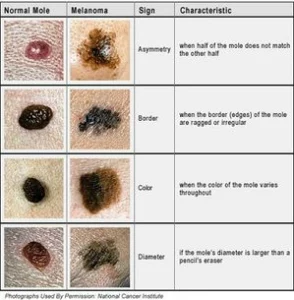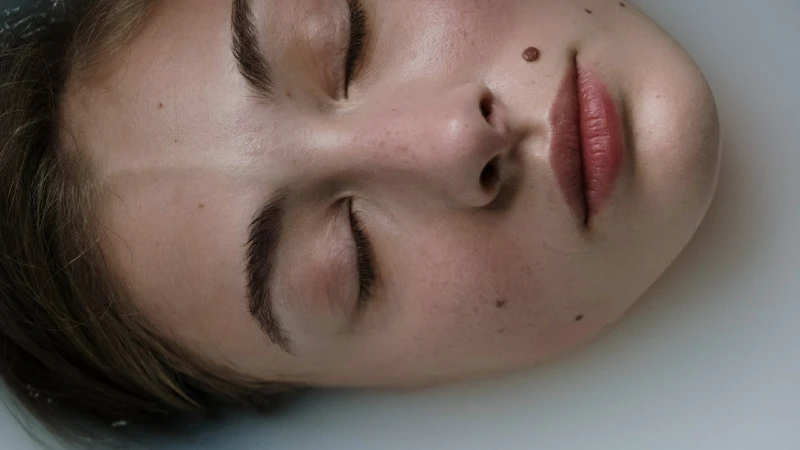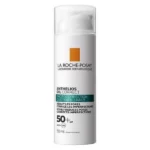Moles typically manifest by the time a person reaches their early twenties and in most instances, there’s usually nothing to worry about. Moles are merely pigment cells (called melanocytes) that develop under the dermis and grow together in clusters. When these cells are exposed to sunlight, they tend to darken.
That being said, you should keep track of your moles because in some cases, there is a possibility of developing into malignant melanomas. Melanoma is one of the most lethal forms of skin cancer. Fortunately, if detected in its early stages, melanoma can be treated. Below, I’ll describe how you can evaluate your moles and how to know when there may be a problem.

Warning Signs
In most cases, you shouldn’t panic when you notice a new mole. The only cause for concern is when a mole appears and looks (or acts) differently than other moles on your body. For example, if a mole’s color or height is unique, consider visiting a dermatologist. Similarly, if a mole has a scaly surface or itches and bleeds, you should have it checked as soon as possible.
How To Evaluate The Risk Potential Of Moles
To detect whether a mole might lead to skin cancer, you should evaluate it using a system commonly referred to as ABCDE (asymmetry, border, color, diameter and elevation).
- Asymmetry – refers to whether the mole is uniform in appearance. If one half does not match the other half, it could signal a problem
- Border – the border of a mole should be smooth and distinct. If it appears ragged, you should have it checked
- Color – If a mole is black or red, it could develop into a melanoma
- Diameter – A mole’s diameter shouldn’t exceed that of a pencil eraser
- Elevation – note how raised a mole is. While most moles are slightly elevated from the skin, abnormally-raised moles can potentially develop into skin cancer.
Protection Against Skin Cancer
One of the leading causes of skin cancer is unprotected exposure to the sun’s ultraviolet rays. In addition to limiting your exposure to the sun’s rays by covering up, seeking shade and avoiding the sun during its peak hours (between 10 am and 4 pm), use well formulated sunscreens that are photostable and protect against both UVA and UVB rays.
A brand like Anthelios incorporates a patented sun filtering system with Mexoryl SX and Mexoryl XL to protect you from the damaging effects of UV rays.
Even though most of the moles on your body aren’t cause for panic, you should be continually aware of their development. Use the ABCDE of mole evaluation and visit a dermatologist regularly is you have a lot of moles to help detect when a mole might be problematic. In the meantime, enjoy the sun wisely to keep your skin safe and healthy.








This is a very informative post about cancer.My niece is still suffering from Skin Cancer she had after suffering from Bladder cancer.Thanks for such a useful post about cancer.
Thanks for your time to wrote this post.
I want to know how lasering over moles effects them. What can these Laser’s (Alex, Yag or a ER:Yag) do to melignant moles. Dose any lasering effect all moles.
Hello Tiana,
I would advise you to see a dermatologist with your questions about laser therapy for moles, malignant or benign. We specialise in skincare products rather than therapies and feel the most responsible course of action would involve an expert. Best of luck!
This is some great information, and I appreciate your point that a mole looking different than the rest on your body can be a warning sign. I have quite a few moles, and I noticed a new one on my abdomen, but it doesn’t look round like the other ones do. I’ll definitely look into visiting a dermatologist to see if it’s benign or if it needs to be removed. Thanks for the great post!